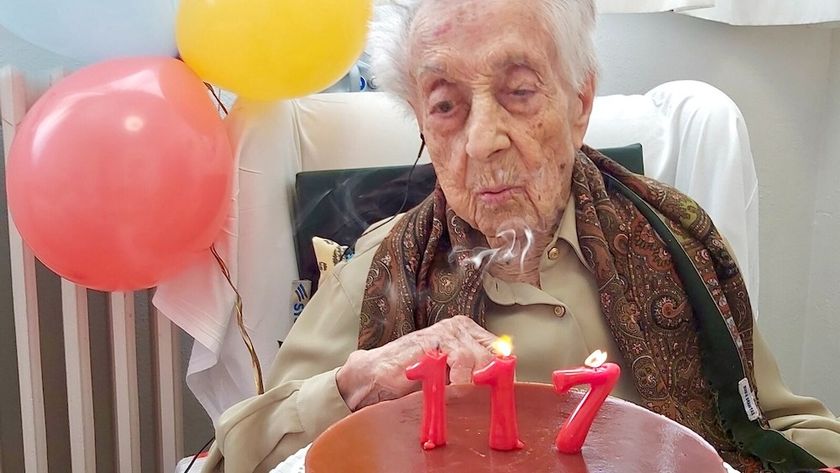The Maturing Science of Getting Old

(ISNS) -- Getting older: it's a common human obsession, from surgery to lift saggy skin to games that promise to keep the brain flexible. In the larger natural world, though, getting older takes many forms -- and scientists are beginning to peer more deeply into the mysterious changes to an organism's biology as it ages.
Any evolutionary biologist will say that senescence -- a rise in mortality and a physical deterioration with age -- is based on the concept of evolutionary fitness, the ability to survive and reproduce. The individuals who reproduce copies of their genes the most win the evolutionary game. If mutations arise that shorten lifespan at older ages, but help younger individuals, those mutations would get passed along. As the theory goes, there should be a whole bunch of mutations that affect later stages in life.
"As humans get older, they are less able to reproduce," said Shripad Tuljapurkar, a biologist at Stanford University. "So the view of senescence is that it should set in at the end of reproduction, but that view doesn't work: we clearly have humans living long past menopause, and the question is why."
For humans, social factors could be involved. After maturity, humans have a steady mortality rate -- about one in 10,000 per year -- until age 40, when mortality increases exponentially.
Around 100,000 years ago, the rate of adult mortality was much higher: about one in 100 per year. Some anthropologists and demographers have proposed the grandmother hypothesis to explain human longevity after reproductive fitness ends. The theory goes like this: women may stop reproducing themselves, but they contribute significantly to the survival ability of next generation of women, who in turn can take better care of their grandmothers.
There is hardly a formula to follow when it comes to aging. Some animals age better than others; that is, they don't seem to get old or feeble. The rougheye rockfish can blow the candles out at 205 years old, giant tortoises live to be 255 years, and the small fresh-water hydra can regenerate cells. In the plant world, things get even stranger: aspen groves -- groups of trees that are clones of one individual -- can be 10,000 years old, and redwood trees can live 4,000 years.
So if their old age can't be detected, are these things really aging?
Sign up for the Live Science daily newsletter now
Get the world’s most fascinating discoveries delivered straight to your inbox.
The answer is that they probably are, according to University of Georgia ecologist Richard Shefferson.
"My own perspective is that nothing escapes aging, but you can keep growing and growing until break-point comes, and that age may be variable and hard to predict," said Shefferson. "Older plants can respond worse to stress than young ones. My gut feeling is that aging is universal but not clear."
If genetics carry the code for longevity, then understanding the genome would help researchers understand the process of aging. Tuljapurkar wanted to understand how what was special about individuals who lived longer than others. He published a paper in May showing that there is a tremendous amount of variation in the real world.
"If you see people living a long time, chances are that's just luck," said Tuljapurkar. "The heritability of things like longevity, it's really very small."
For the science of aging, biologists have also looked to telomeres, stretches of DNA at the end of chromosomes that protect genetic information. In human blood cells, the length of telomeres starts at 8,000 base pairs at the beginning of life and slow marches to 3,000 base pairs as people age and as low as 1,500 in elderly people. Each time a cell divides, an average person loses 30 to 200 base pairs from the ends of that cell's telomeres. Though shortened telomeres mark a person's age and may prevent an individual cell from living forever, no conclusive evidence currently shows that they actively reduce human lifespan or contribute to the overall aging process.
Outside of humans, biologists are just beginning to understand the mechanisms in which yeast, fungi and plants get old.
"Most of what we understand about aging comes from a very small group of organisms," said Shefferson. "Plants have hardly been explored, fungi almost untouched. What I would hope is that we get people interested in weird bizarre organisms and how the age and if they age."
Katharine Gammon is a freelance science writer based in Santa Monica, Calif., and writes for a wide range of magazines covering technology, society, and animal science.
Inside Science News Service is supported by the American Institute of Physics.












